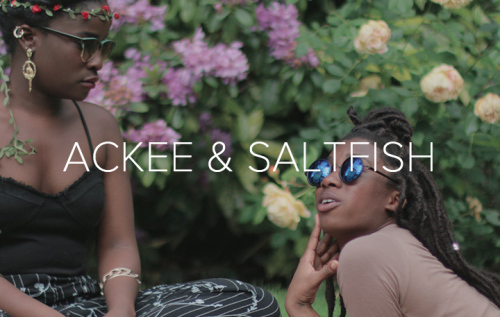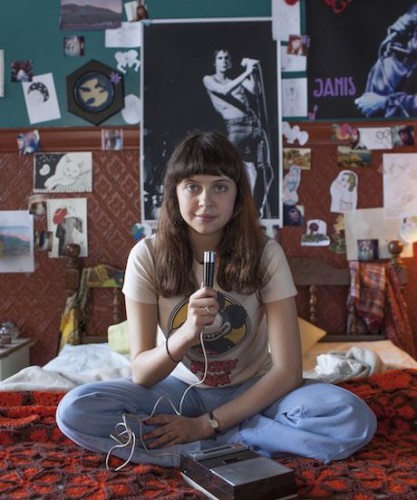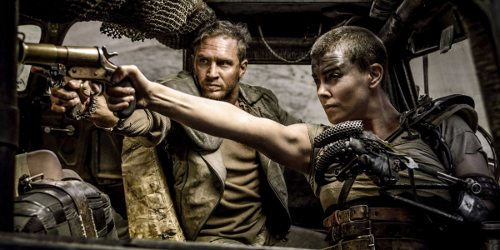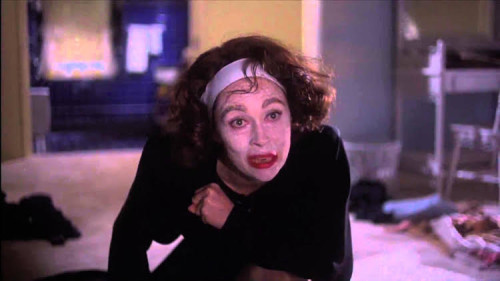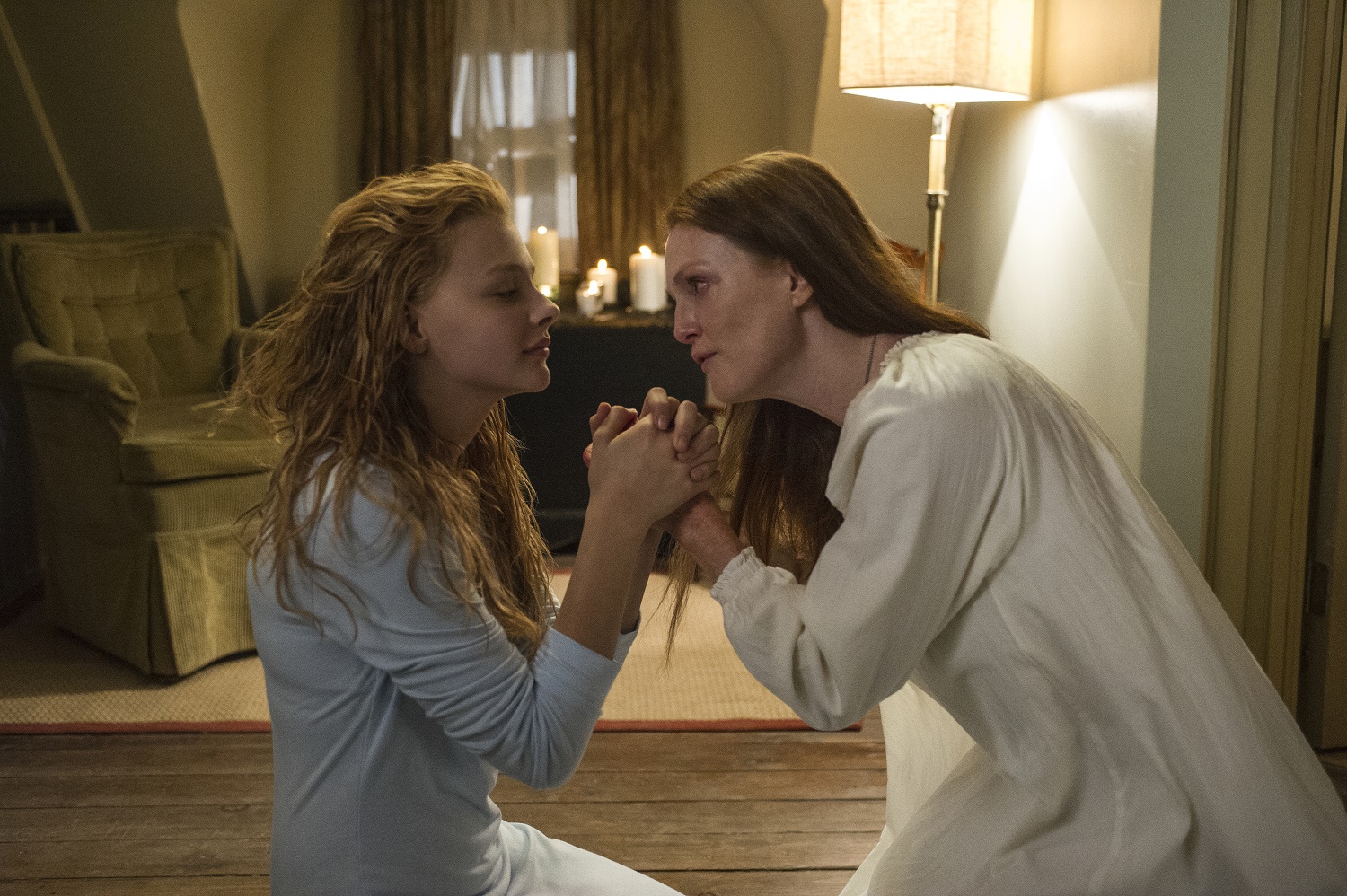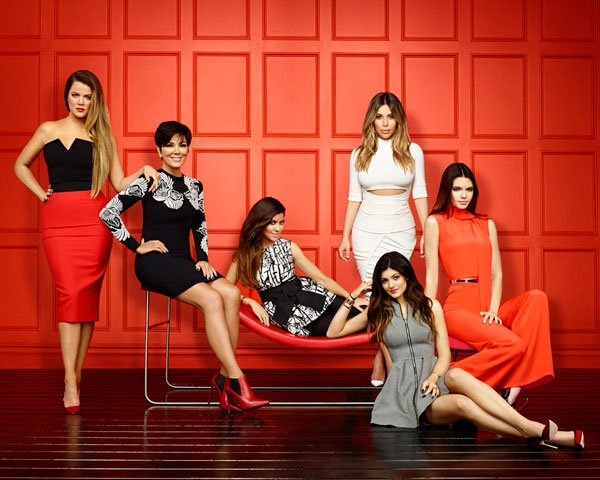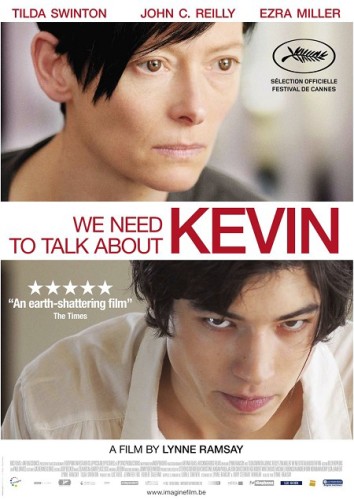“It would be nice to have a story where it doesn’t always have to relate around men, or drug dealer boyfriend, babymama drama, (gun crime), or my Daddy’s gone. It doesn’t have to be like that. There are other narratives you know.”
–Michelle Tiwo (Olivia in Cecile Emeke’s Ackee and Saltfish)
I happened to be on Twitter the day Ava DuVernay hosted her 12-hour Rebel-A-Thon social media conversation with 42 Black filmmakers on May 27. With the hashtag #Array, various screenwriters, directors, and producers answered questions from fans and interacted with one another. I gave a shout-out online with my support, but also stated that I wanted to see more underrepresented filmmakers outside of the U.S.
Another Twitter user following the hashtag dropped filmmaker Cecile Emeke into my mentions. I quickly went to YouTube and discovered her humorous comedic web series Ackee & Saltfish.

Completely crowd-funded, Cecile Emeke has created quite an impression with her work. She is redefining what Black female writer/directors can bring to the table. And this is critical, especially from a Black European female. Just like Black women in the U.S., it is hella rare for Black women in Europe to bring their voices to the table. The excitement I have for Amma Asante and the success of her critically underrated (and underplayed) Belle only makes me hunger for stories about Black women across the pond. Emeke herself has some strong words about being tired of white filmmakers telling Black stories with a white gaze. This familiar complaint is even more searing especially with the release of Girlhood by French filmmaker Céline Sciamma. (You can read what Emeke has to say about that here.)
Ackee & Saltfish is a very important piece of work that should be signal boosted with viewership and financial support immediately. It has an authentic, playful, low-key coolness that I want to see more of. The two lead characters in the series, Michelle Tiwo (Olivia) and Vanessa Babirye (Rachel), are not contrived stereotypes, and are not dealing with the usual negative tropes ascribed to Black female characters (refer again to Michelle Tiwo’s words I quote at the beginning of this piece). They are carefree Black women just living their life.

Let me stress this: we hardly ever see Black women just dealing with themselves and their friendships without contrived outside interference. Every webisode centers on Olivia and Rachel just chilling within their friendship. Some viewers may mistake this for being a plot-less series (or may be reminded of the old American comedy Seinfeld being a show about “nothing”). The show hinges on subtle character-based humor. Olivia and Rachel are the plot. The conflict in Ackee & Saltfish is the differences in how Olivia and Rachel interact with one another. Olivia is the more assertive, outspoken realist, whereas Rachel is the more laid-back and soft-spoken one, often looking at her friend Olivia with an expression of incredulous wonder at the things she says. The friendship feels real to me, and the way Emeke films the series, the viewer may often feel like the third person in the room simply hanging out and listening to the two banter about Lauryn Hill tickets, bread backs, how one’s breath smells, or why Solange Knowles should adopt Olivia. The easy back and forth between the two actors may have the feel of improv, but their lines are scripted by Emeke.

My favorite episode is about Olivia and Rachel hanging inside a carpet store because it’s raining and they don’t want to get wet. While trying to stay dry they have to contend with a faceless store owner who keeps pestering them with “Excuse me!” when he sees they are not there to buy carpet. Eventually they hear music playing in the store, and they start dancing, doing moves I’ve done myself (like The Butterfly). It’s silly and reminds me of the random moments I’ve had with my friends.

Thus far, all the episodes (including the original short film) only show Olivia and Rachel interacting with each other. I’m hoping that as Emeke’s fan base grows, and she can secure more funding to make more episodes, that she will eventually allow us to see these two besties engage with other characters. I want the web series to be picked up and turned into a TV series with longer episodes. There are six episodes available to watch online. There is also a 10-minute “support” video where Emeke and her actors talk about the work they’re doing while encouraging viewers to give financial support with donations so they can create more content. (I have done that!)
The other project Emeke has in her creative arsenal is the intriguing documentary series called Strolling in the U.K., and Flâner in France. Emeke films young Black people strolling in their neighborhoods as they talk about what it’s like living in their respective spaces. Over nine episodes (about 10 minutes each) participants discuss race, class, gentrification, colorism, colonial legacies, Afrofuturism, what it means to be a Black British person, or a Black French person (or British Jamaican, or British Nigerian), Black mental health, sexuality, sexism, misogyny and the list goes on. The power of this documentary series for someone like me, a Black American, is the decentering of African Americans as the dominating cultural force in the African diaspora. I can listen to new Black voices who share the same transatlantic African history, but who have a differing perspective on how the African diaspora should connect based on where their ancestors landed after enslavement. They are echoing my Twitter call to hear from underrepresented voices from across the pond. Strolling is a Black cultural call and response, a digital “How your people doin’ over there Fam?” and they answer “Living like this, Sis.”


Emeke would like to take the Strolling series to other places outside of Europe, and I am here for it. How amazing it would be if she were able to travel to Japan, India, Brazil, Mexico, and Australia, Indonesia or parts of Canada to record unique voices with unique perspectives? People of African descent are everywhere, blended into other cultures with rich stories to tell the rest of the world. The Strolling series is also an opportunity for White and non-Black people of color to understand that there is not one monolithic “Black” experience. Thank goodness. That would be boring.
We need new filmmakers like Cecile Emeke to break new ground with digital media. Smash the stranglehold of white filmmakers being the only ones telling Black stories that often dredge up old stereotypes and tired narratives. We need the specificity of Emeke’s vision. And dammit, I need more Rachel and Olivia in my life.

P.S. I know you were wondering, here it is:

Lisa Bolekaja co-hosts Hilliard Guess’ Screenwriters Rant Room, and her latest speculative short story “Three Voices” can be read in Uncanny Magazine. She can be found on Twitter @LisaBolekaja
